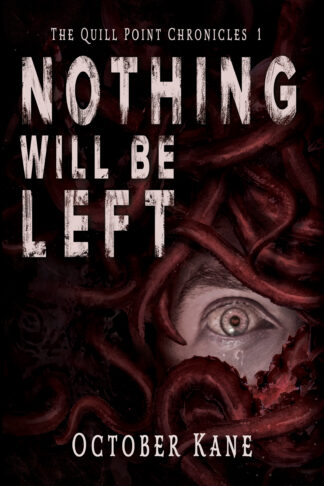It’s every authors’ dream to see their book on the book shelf at a local store. In fact, there’s something awe-inspiring when it lands on a shelf at a large retailer such as Barnes & Noble. With the publishing industry rapidly evolving, even the self published author has a chance to achieve this. Traditional publishing is no longer the only path to allow this dream to come true, but there’s a lot of factors that impact how successful your attempt will be. You have to have the right distribution channels, a book genre they are needing to fill the space for, register the title in such a way, and more importantly, design your book can be the difference between a hard no and getting that yes.
We hear the adage of “don’t judge a book by its cover” all the time, however, in the world of selling and marketing, this is the first point of contact. Your cover has 3 seconds to grasp an amazon customer’s attention as a thumbnail, but that’s for digital sales. When it comes to landing on a bookshelf things get more complicated. Stores have needs, stipulations, and more that if the book’s design doesn’t meet these, you won’t get that dream locale.
1. Be On Trend
The most apparent aspect is making sure your book matches the trends. This means even considering changing your cover as the hot trends in your book’s genre and audience as they evolve. You see even the bigger publishers do this for books such as Stephen King’s The Stand with covers evolving in several ways. You’ll find his name grows larger with his popularity, that variation covers for television and movie adaptations, and even recent remakes to match current trends. In short, as much as you loved the art or that cover, you can’t keep your book competitive by settling on one version and hope that the trend stays. In short, your cover needs to sell to today’s readers, not yesteryear’s fans. It has to compete and be on the same level as the big publishers, so don’t be afraid to find a cover designer that can take this to the next level and this may come down to forfeiting your initial vision for the cover completely.
2. Spine Text
As 4 Horsemen Publications steps deep into year four of being in business, it’s surprising to see the gap in what readers are buying and what traditional says is expected for books in regards to word count and book lengths. Overall, books pushing over 80,000 words in all genres sell better. With that in mind, books with a 5×8 to 6×9 book size, or trim size, will have the spine width needed to have room to place spine text. If your book doesn’t have title, author, imprint logo, and series number (on top preferably) – your book won’t be considered for in-person shelf placement. That’s right, because they need the readers to be able to see what book that is among the sea of books, and added bonus if at a glance they know which in the series it is. Even the library system wants to see this more on books they carry! I can’t express how important it is for them to be able to shelve the
3. Barcode Placement
Did you know there’s a book group in charge of regulating what a book barcode looks like? Every book in the market has the same barcode pattern and now large retailers including Amazon are demanding in 2023 that print books, paperback and hardcover, have the barcode on the back cover always in the bottom right corner. Why? Because automation is king and the more consistent and standard these are the easier to process large volumes of books. Your barcode consists of ISBN, or International Standard Book Number, as well as your book’s price. Barnes & Noble and many large retailers make it clear in the fineprint that they only carry books who have the price listed on the barcode. For example, 52299 on a barcode indicates USD, or US dollars with the 5 followed by $22.99 price. If your code says 90000, this means no price is listed and this book will have a hard time landing at brick and mortar stores.
4. Leveling Up
Don’t stop with the basic shelf needs! Be sure to take advantage of the cover and look at the trends for your genre. If you have a non-fiction book, you will be making space for the author’s short bio alongside the blurb so readers know why they are the best expert about their topic of choice. Regardless, every publisher and author should be using this space to add a modern touch and include not only website information but social media. With author platforms being number two in the best way readers discover new authors and books for over a decade, don’t leave it out (Statistics from Ingram, Written Word Media, BookBaby, etc.)! Make sure to add your book award seals, quotes or one liners from reviews, and “foreword by” are all great additions to catch the reader’s attention and connect.



